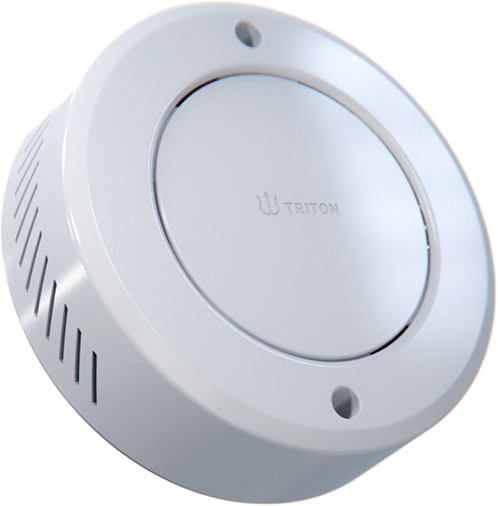At one point, vaping seemed unstoppable inside schools. Students slipped into bathrooms between classes, and flavored nicotine and THC vapors did not leave a trace. Administrators and teachers were powerless until districts began turning to an alternative method of protection and that was the vape detection.
Today all over the country, schools have reported major successes, showing just how transformative this technology could help in tackling the vaping epidemic.
A case study: Cut down on Vaping by 83 Percent in 10 Weeks
Luling Independent School District faced an extremely serious issue with smoking. Despite multiple warnings and tighter guidelines, students continued to smoke in lockers and bathrooms rooms. Smoke alarms that were used in the past weren’t effective against the vapor. And staff couldn’t be everywhere.

In a test, the district installed vape detectors in the schools during March. The results were stunning. In just five short weeks smoking, vaping rates had declined dramatically. In just ten weeks, the vaping rate had dropped by 83%..
Administrators saw success beyond the figures. Teachers reported fewer disruptions, and students started to realize that vaping would not go unnoticed.
Similar success at Match Charter Schools
Match Charter Schools is another powerful illustration. They had to fight back against smoking vapes in high and middle schools. The effects of the smoke detectors that they put in place in August was instantaneous.
In December, only four months after the initial report, the administrators announced an reduction of 80% in incidents of vaping. Parents were pleased with the school’s specific precautions to guard their children. Teachers reported a decrease in hallway loitering as well in bathroom crowding.
Both districts are part of a growing trend. Schools that implement vape detection see tangible improvement in behavior as well as safety.
What are the factors that make vape detectors efficient?
The technology that is behind the results is what makes them feasible. Modern vape detectors don’t just detect vapors but also track the quality of the air, measure occupancy levels and provide real-time alerts to employees. Administrators no longer need to rely on their intuition or reports that are made up of data that was gathered after the fact.
The detectors are designed to ensure your privacy. No cameras. No audio recording. No audio recordings. All you need is instant, precise data to assist schools in implementing swiftly and without compromising the rights of students.
The combination of efficiency, compliance and affordability is what makes vape detectors an efficient safety tool that schools can implement today.
Vape safety nets to protect you from the dangers of smoking and Beyond
A lot of administrators are aware that detectors go beyond smoking prevention. Modern systems are able to detect loud noises, keywords that are linked to vandalism or emergencies.
The detector can alert staff if, for example students start lingering around a restroom. Staff members will be notified immediately whenever someone yells “help” or some other distressing keyword. In this way, vape detectors for schools become part of a larger safety strategy one that addresses both health risks and potential violence.
Parents and Boards Help Support Vape Detectors
A benefit that is often overlooked is the trust that results from transparency. Schools using detectors can produce reports that show clearly the developments in vaping. These reports may be shared with community groups, school boards as well as parents to prove that tangible steps are being taken.
Parents in particular appreciate tangible results. Vape detectors don’t just identify students. It safeguards their health and sends a message to them that smoking is not appropriate in the classroom.
What should you take away: A proven path forward
Vaping was a struggle that was invisible to schoolchildren for a long time. However, case studies from districts across the country show that the opposite is true. Administrators can detect incidents and discourage risky behaviors in real-time with a vape detection device. This creates a safer environment for students.
Vaping remains a problem but it’s evolving. Vape detection technology isn’t only a response to a problem, it’s an opportunity for schools to lead the way in making their schools a healthier place for their students.
Conclusion
Technology is making an impact in schools across the nation, from Texas from Texas to Massachusetts. A modern vape detector does more than just sound an alarm. It transforms behavior and builds trust. It can provide a lasting solution to one of today’s most pressing student health challenges. For any school that is serious about safety school vape detectors are no longer an experimental device they’re the standard.

